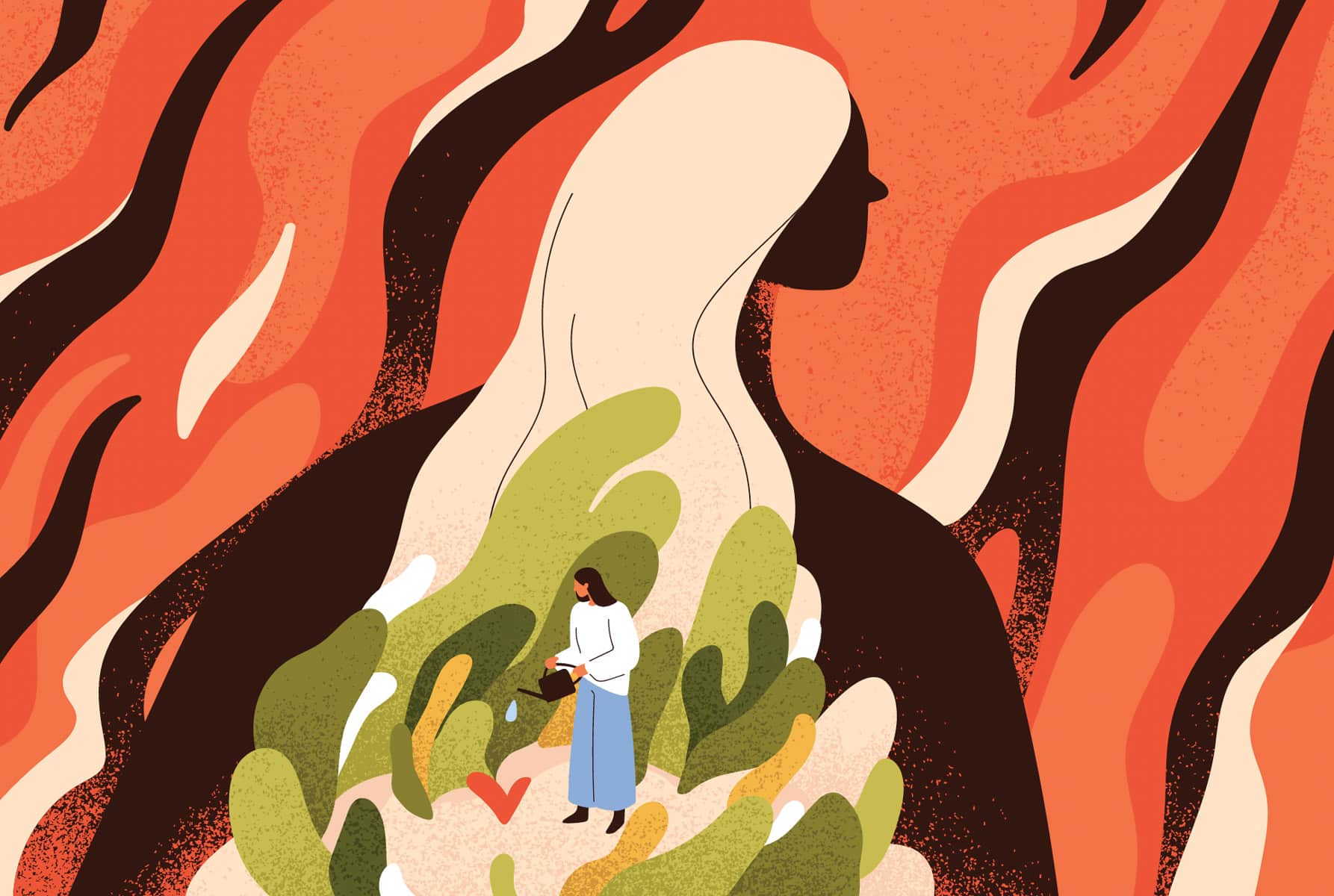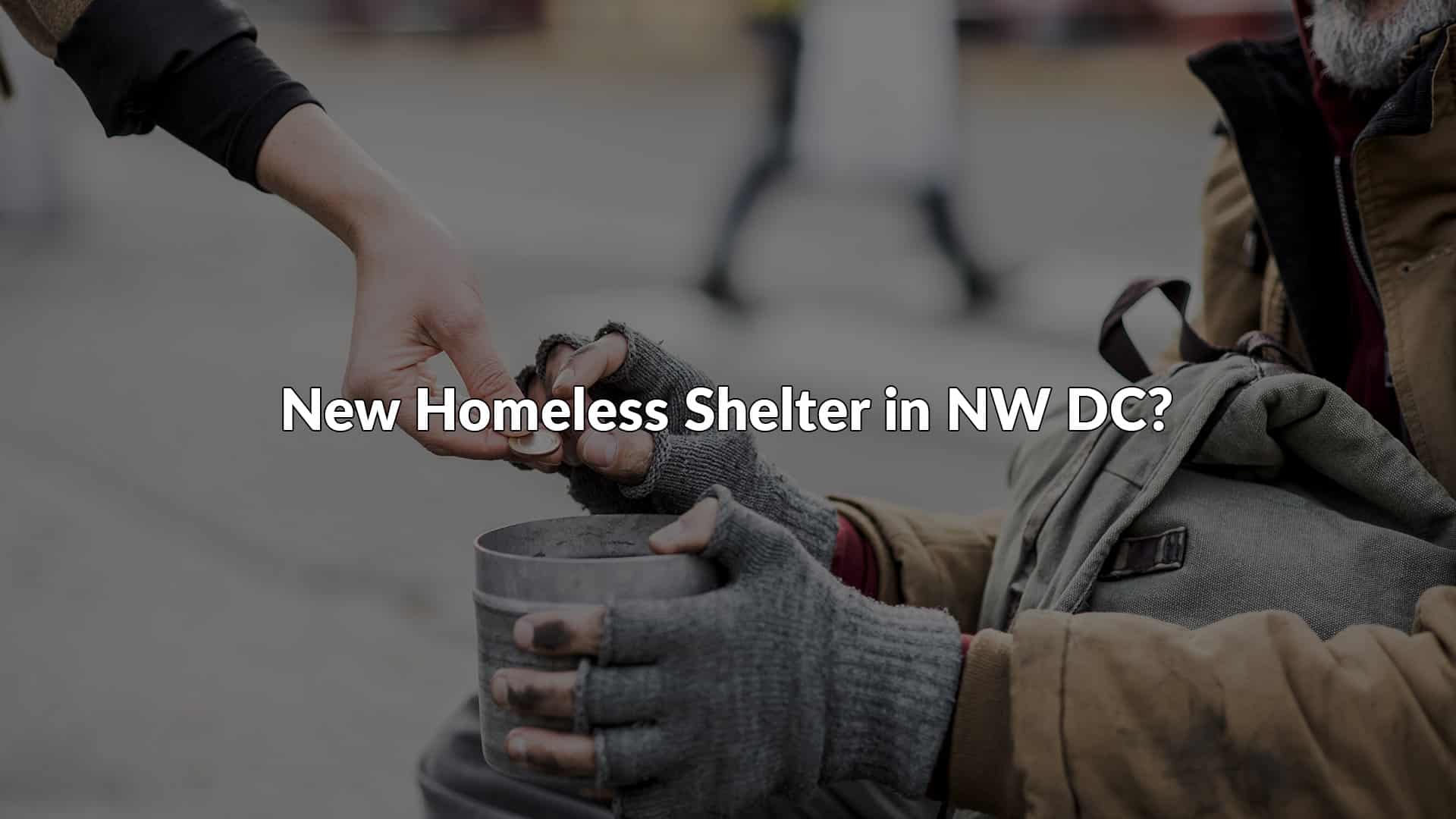On July 16, 2014, Amara had the pleasure of attending a panel entitled “Human Trafficking 2014: The Gap between Policy and Practice” at George Mason University’s Arlington campus. Given that Amara seeks to work with our organizational counterparts to bolster awareness and train civil society actors to recognize signs of trafficking, we were thrilled to see both the familiar faces of peers from organizations such as Stop Modern Slavery and members of the public looking to find a role in the fight against trafficking at this event.[1]
Amara would like to thank SeraphimGLOBAL for providing the space to discuss how to fill the voids between policies and practice that hinder anti-trafficking efforts in Virginia and throughout the nation.[2]
The panel consisted of experts in the domestic anti-trafficking effort. First, Ms. Cynthia Turner, the Executive Director of SerphimGLOBAL, introduced the event as an interactive forum to discuss how to best resolve the gaps between the current policies and realities of providing community-based services to victims of human trafficking.[3]
In her speech, she underscored the importance of training first responders to treat the special issues associated with trafficking and insisted that the gap between policy and practice must be humanized—failing to connect policy and the realities on the ground affects the lives of real people. We at Amara found this commentary to be a compelling way to begin the conversation. After Ms. Turner’s introduction, Senator Adam Ebbin of Virginia’s 30th District underscored the need for improved collaboration with federal policymakers and state and local service providers to fill the policy gaps that currently impede Virginia’s ability to provide adequate care for survivors.[4]
Katherine Chon, the senior advisor of Trafficking in Persons at the U.S. Department of Health and Human Services (HHS), then informed us about three developments in HHS’s anti-trafficking policy.[5] First, in January, the department released a Federal Strategic Action Plan to give communities a blueprint for how to respond to trafficking.[6] Given that this report equips communities with more knowledge about what trafficking is and how to combat it, Amara strongly supports this initiative. Second, the department is emphasizing that there is substantial overlap between victims of human trafficking and other vulnerable groups, such as refugees, domestic violence victims, homeless youth, children in the foster care system, and runaways.[7]
As a result, combating trafficking is not as daunting as it may seem. The U.S. is already servicing these populations; it just needs to provide for the unique needs of those members who are survivors of trafficking. Third, HHS is working to train more healthcare professionals. We appreciate and support Ms. Chon’s message that anti-trafficking efforts can be incorporated into preexisting systems if professionals therein are equipped with the proper lens.
Similarly to Ms. Chon’s emphasis on tweaking preexisting systems, the Senior Advisor of Human Trafficking Policies and Survivor Services at SeraphimGLOBAL, Ms. Davina Durgana, helped to galvanize civil society actors present at the event by insisting that anyone can contribute to anti-trafficking efforts in an organic way that is consistent with their preexisting skill sets.[8]
Ms. Durgana has yet to find a career that does not intersect with trafficking in some way. She also encouraged audience members to connect the groups to which they already belong with anti-trafficking initiatives, as she has done with the Big Brothers Big Sisters Program, Emergency Medical Technicians (EMTs), and National Court-Appointed Special Advocates.[9]
Finally, we found the perspective of the final speaker, Ms. Barbara Amaya, a survivor of human trafficking who is now the Senior Technical Advisor in Human Trafficking Survivor Services at SeraphimGLOBAL, to resonate deeply with our mission at Amara.
For example, Ms. Amaya spoke to the need for vacatur statutes so that victims’ pasts of exploitation will no longer haunt them forever. Furthermore, Ms. Amaya described the importance of training law enforcement and healthcare providers to be able to recognize the signs when they come into contact with victims. During her nine years as a victim of trafficking, Ms. Amaya was arrested over twenty times, but law enforcement did not help her and only served to compound her fears and distrust.
The system also failed to provide her with the healthcare services that she needed. Ms. Amaya’s testimony demonstrates that Virginia must bolster its legal and healthcare policies for survivors of trafficking. Her work in Virginia resonates deeply with our work on DC Bill 20-714, and we hope to pursue similar initiatives in Virginia in the near future to more adequately reflect and support victims’ needs.[10]
We found it to be particularly exciting when Ms. Amaya’s testimony compelled an audience member to ask, “Are there any lawyers who provide expungement services to victims of human trafficking in the area?” We were happy to speak up and introduce how Amara fills this void to a room of sixty people. We appreciate the willingness of our fellow audience members and the panelists to ask and answer questions and to approach Amara afterwards with interest in what we do.
By Bridget Morrison
[1] http://www.stopmodernslavery.org/
[2] http://seraphimglobal.org/
[3] http://seraphimglobal.org/
[4] http://virginiageneralassembly.gov/
[5] http://www.hhs.gov/
[6] http://www.ovc.gov/pubs/FederalHumanTraffickingStrategicPlan.pdf
[7] https://na4.salesforce.com/sfc/p/#300000006E4S/a/600000004TLG/f7PldVCtt4Irtx_iljKxiGsERUTm6PUfmNxj9ijA6Sg=
[8] http://seraphimglobal.org/
[9] http://bbbsnca.org/; http://education-portal.com/emt_training_washington_dc.html;http://www.casaforchildren.org/site/c.mtJSJ7MPIsE/b.5301295/k.BE9A/Home.htm;
[10] http://dccouncil.us/events/judiciary-and-public-safety-hearing-on-b20-714



